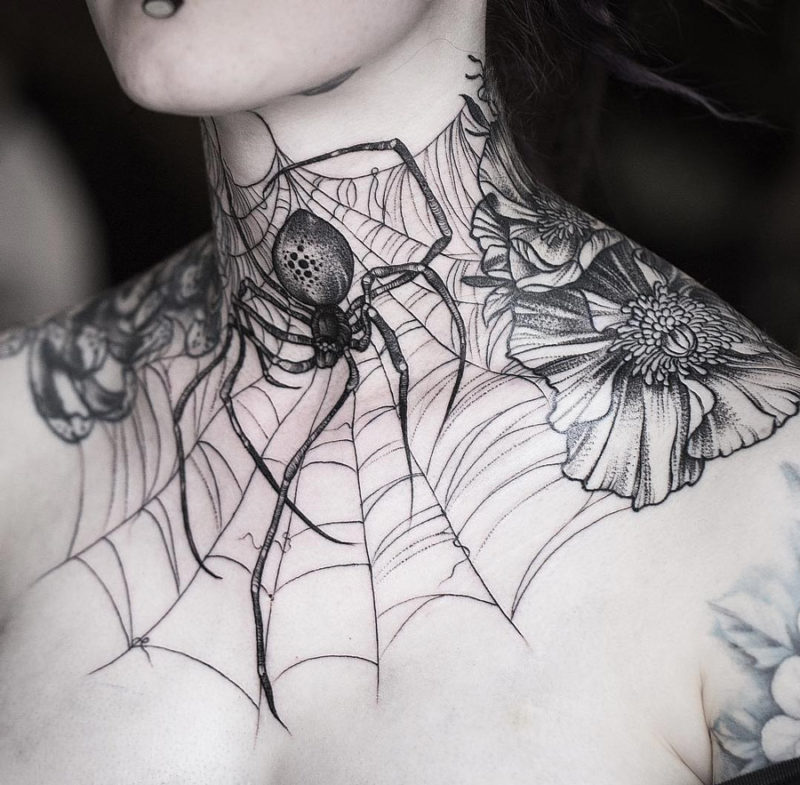
#Webbed neck skin#
The scrotum skin is trimmed enough to allow extension of the penis skin, and the incision is sewn up. The thecae are then separated from the skin and pushed down to the scrotum. The thecae are cut from the urethral spongiosum and the ventral part of the penile spongiosum so that they can be separated down to the root of penis. The scrotum thecae, attached to the deep fascia of the penis, are located. The skin, subcutaneous tissue, and superficial fascia of the penis are cut in turn. A longitudinal incision is made along the ventral-median raphe from the bump on the penis to the scrotal skin at the level of the upper edge of the pubic symphysis. The penis is held gently nearly at a right angle to the abdominal wall. Using the technique here described we have corrected all forms of webbed penis.
#Webbed neck free#
The aim of treatment is to free the glans penis (if necessary), match the penile skin to penis length surgically, and restore a normal penis-scrotum angle. This deformity can cause chordee, discomfort during intercourse, difficulty in wearing a condom, and psychological tension brought about by cosmetic deformity, which can therefore create a need for surgery We know that the pathological anatomy of a webbed penis is the adhesion of full-thickness scrotal skin to ventral penile skin. The latter is more common and mainly iatrogenic, caused for example by overly aggressive removal of skin from the underside of the penis during circumcision. This disorder can be congenital or acquired. Whether this procedure would really be worthwhile would require an actual examination for me to feel the neck tissues and see how much I think they can be moved.Webbed penis is a deformity where the scrotal skin extends onto the ventral penile skin.

It is certainly doable but the muscle release would certainly cause some discomfort after surgery. It would be necessary to release some of the trapezius muscle to be able to narrow your neck and move/lift the skin backwards to get a visible correction. That means your webbed neck would be much harder to move because of the muscle composition. Yours is largely a combined skin fold and trapezius muscle. What is different about your webbed neck from that of Turner’s syndrome is that in Turner’s the webbed neck is largely skin folds. While you do not have the classic web neck deformity that appears in Turner’s syndrome, I do see your concerns about the shorter and wider neck. I saw your website and seen a picture of a woman who had a neck lift and her neck looked slighty webbed and looked ALOT better in the after picture, I’m not sure if the neck lift will completely help my case but I’m hoping you can lead me in the right direction to get what I need done.Ī: I have taken a look at your pictures and see your neck concerns. The last doctor I saw said I had short tight trapezious muscles and they actually hurt I have limited rotation with my neck so when turning it pulls a great amount and does not feel good. I would like to have a normal length neck for looks as well as for pain. Eppley, I am 26 years old and I have lived with a webbed neck birth defect all my life.


 0 kommentar(er)
0 kommentar(er)
